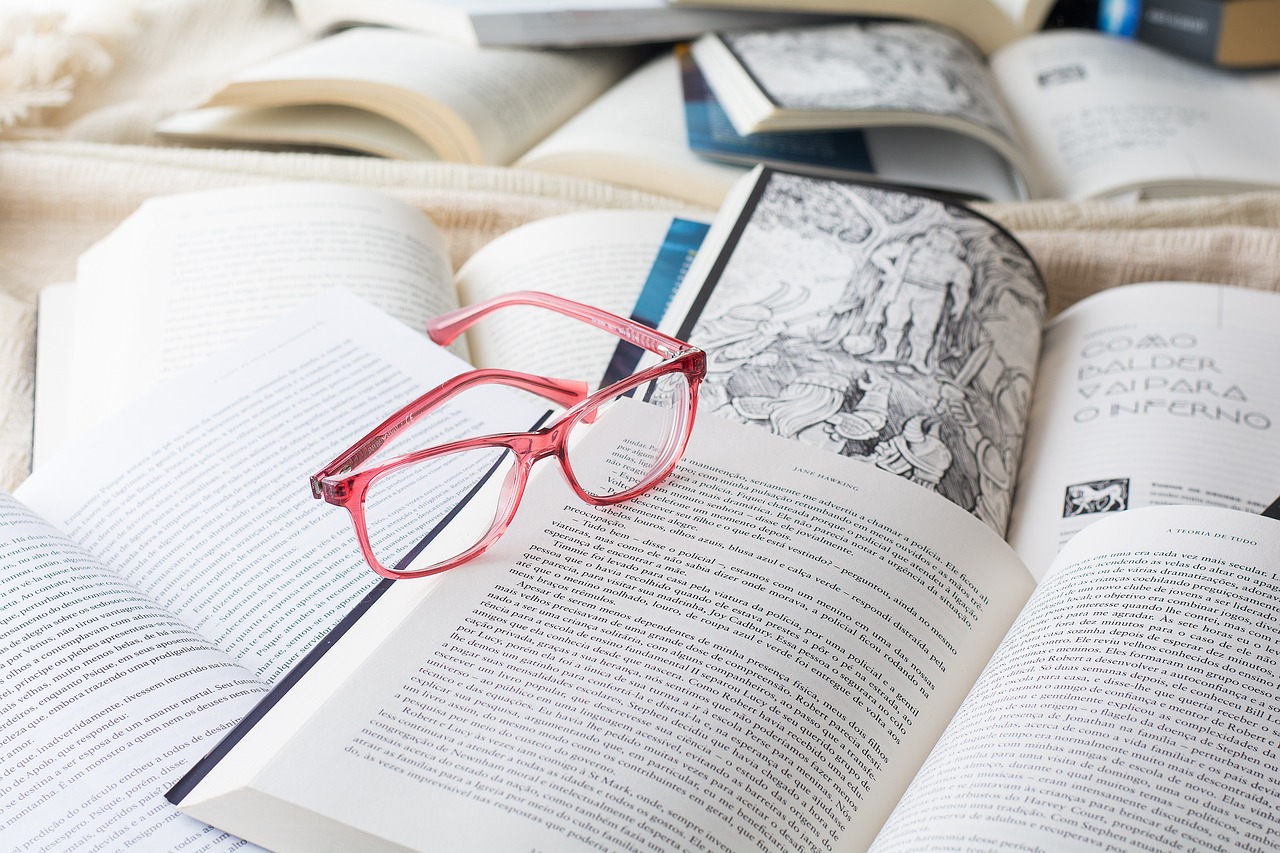
Contact lenses have revolutionized vision correction, offering a convenient and comfortable alternative to traditional eyeglasses. However, with so many types of contact lenses available, it can be challenging to determine which ones are best for your needs. In this article, we will explore the different types of contact lenses and help you find the perfect fit for your eyes.
1. Soft Contact Lenses:
Soft contact lenses are the most popular type of contacts due to their comfort and ease of use. They are made of a flexible plastic material that allows oxygen to reach the cornea, ensuring healthy and comfortable wear. Soft lenses come in various options, including:
– Daily Disposables: Single-use lenses that are discarded after a day of wear, eliminating the need for cleaning and maintenance.
– Bi-weekly/Monthly Disposables: Lenses replaced every two weeks or monthly, requiring proper cleaning and storage.
– Toric Lenses: Designed to correct astigmatism, these lenses have different powers in different meridians of the lens.
– Multifocal Lenses: Suitable for individuals with presbyopia, offering clear vision for both near and distance tasks.
2. Rigid Gas Permeable (RGP) Contact Lenses:
RGP lenses are rigid, yet they allow oxygen to pass through to the cornea. They provide excellent vision clarity and are durable, making them less prone to tearing. RGP lenses are often prescribed for individuals with irregular corneas or specific vision needs.

3. Extended Wear Contact Lenses:
Extended wear lenses can be worn continuously, even while sleeping, for a specific period as prescribed by an eye care professional. They are available in both soft and RGP materials.
4. Colored Contact Lenses:
Colored contacts allow you to change or enhance your eye color. They are available in prescription and non-prescription options and can be used for cosmetic purposes.
5. Scleral Contact Lenses:
Scleral lenses are larger, gas-permeable lenses that vault over the cornea and rest on the white part of the eye (sclera). They are often prescribed for individuals with irregular corneas or certain eye conditions.
6. Orthokeratology (Ortho-K) Lenses:
Ortho-K lenses are rigid, gas-permeable lenses designed to reshape the cornea overnight. They provide temporary vision correction, eliminating the need for daytime contacts or glasses.
7. Hybrid Contact Lenses:
Hybrid lenses combine the comfort of soft lenses with the visual clarity of RGP lenses. They have a soft outer skirt and a rigid center, offering excellent vision correction.
How to Wear Contact Lenses:
1. Consult an Eye Care Professional:
Before wearing contact lenses, schedule an eye exam with an optometrist or ophthalmologist to get a prescription and determine the best lens type for your eyes.
2. Cleanliness and Hygiene:
Always wash your hands thoroughly with soap and water before handling contact lenses. Avoid using oily or scented soaps that can leave residue on the lenses.
3. Proper Lens Care:
Follow your eye care professional’s instructions for cleaning, disinfecting, and storing your contact lenses. Never use tap water or saliva to clean your lenses.
4. Insertion and Removal:
Learn the proper technique for inserting and removing contact lenses. Practice in front of a mirror until you feel comfortable with the process.
5. Follow Replacement Schedule:
Adhere to the recommended replacement schedule for your contact lenses to maintain eye health and prevent complications.
6. Avoid Sleeping in Lenses:
Unless prescribed for extended wear, avoid sleeping in your contact lenses to prevent eye irritation and infection.
7. Seek Professional Advice:
If you experience any discomfort, redness, or vision changes while wearing contact lenses, remove them immediately and consult your eye care professional.
Conclusion:
Contact lenses offer a convenient and effective way to correct vision, but it’s essential to choose the right type of lenses and follow proper wear and care instructions. Soft, RGP, extended wear, colored, and specialty lenses each serve unique purposes, catering to various vision needs and preferences. Consult your eye care professional to determine the best contact lenses for your eyes and lifestyle, and enjoy the freedom and clarity they provide.
Related Posts
20 tips to select suitable contact lenses1. Get a comprehensive eye exam before deciding on contact lenses. 2. Consult with an optometrist or ophthalmologist about what kind of lenses are suitable for your eyes. 3. Determine your reasons for choosing contact lenses (e.g. convenience, aesthetics, comfort). 4. Consider the duration of wear that would be required. 5. Think about whether you want daily disposable, weekly, bi-weekly, or monthly lenses. 6. Evaluate the moisture content of the lenses. 7. Make sure that the lenses fit properly and are comfortable. 8. Decide between soft or hard (rigid gas permeable) lenses. 9. Understand the purpose of specialized lenses (such as toric lenses for astigmatism or multifocal lenses for presbyopia). 10. Consider the quality of the lenses and their price relative to other options. 11. Take into account any allergies or sensitivities you may have to certain materials. 12. Make sure the lenses are properly ventilated so your eyes can…
Types of watchbands based on occasion1. Leather Watchbands - Perfect for formal events or business settings. They look sleek and professional. 2. NATO Watchbands - Ideal for casual and outdoor occasions, like hiking or camping. They're durable, versatile and come in various colours. 3. Metal Watchbands - Best for formal occasions like weddings, black tie events, or business meetings. They give a sense of elegance and sophistication. 4. Rubber and Silicone Watchbands - Suitable for sports and exercise activities, like swimming or running. They are lightweight and comfortable. 5. Fabric Watchbands - Good for a casual occasion, like a picnic or a night out with friends. They come in a range of designs, making them perfect for a relaxed atmosphere.
How to restore luminosity in tired eyes1. Use an eye cream: Invest in an eye cream that is designed to brighten and hydrate the under-eye area. Apply it to the area under the eyes before going to bed to revive the eye contour area. 2. Cold compress: Take a clean cloth or a chilled eye mask and place it over your closed eyes for 10-15 minutes. The cool temperatures will reduce puffiness and promote circulation, which will help to restore luminosity. 3. Get enough sleep: Ensure that you are getting enough sleep and maintain a consistent sleep schedule. Lack of sleep can cause dark under-eye circles and contribute to overall tiredness. 4. Stay hydrated: Drink plenty of water, this will help to flush out toxins and improve blood circulation, which will help reduce puffiness around the eyes. 5. Use cucumber slices: Placing slices of cucumber on your closed eyes for around 10-15 minutes can help reduce…
20 cleansing tips for all types of skin1. Always remove your makeup before going to bed. 2. Use a gentle cleanser suited for your skin type. 3. Exfoliate once or twice a week to remove dead skin cells. 4. Use lukewarm water to wash your face. 5. Pat your face dry with a soft towel. 6. Avoid using hot water as it can damage your skin. 7. Use a facial brush or sponge for a deeper cleaning. 8. Make sure to cleanse your neck and chest area too. 9. Invest in a good quality cleanser. 10. Use a micellar water to remove any traces of dirt or makeup. 11. Avoid using harsh scrubs and cleansers that can irritate your skin. 12. Look for natural ingredients in your cleanser like coconut oil, chamomile, and lavender. 13. Use a toner after cleansing to balance your skin’s pH level. 14. Don't over-wash your face as it can strip your skin…
20 ways to get and stay fit1. Go for regular walks, runs or bike rides. 2. Participate in a fitness class, such as yoga, Pilates, or Zumba. 3. Lift weights or perform strength training exercises. 4. Swim laps in a pool or lake. 5. Join a sports team, such as basketball, soccer, or softball. 6. Use a fitness tracker to monitor your activity and set goals. 7. Practice mindful breathing exercises to reduce stress and improve lung function. 8. Take the stairs instead of the elevator. 9. Start your day with a stretching routine. 10. Try high-intensity interval training (HIIT) workouts. 11. Incorporate more whole foods, fruits and vegetables into your diet. 12. Get enough sleep to support mental and physical restoration. 13. Take breaks from sitting to stretch and move your legs. 14. Stay hydrated by drinking plenty of water throughout the day. 15. Use resistance bands for a low-impact workout that can tone muscles.…
20 tips to get fit and lose weight with Pilates1. Start slow and gradually increase intensity. 2. Choose a certified Pilates instructor. 3. Attain proper alignment to avoid injury. 4. Do Pilates at least 2-3 times a week. 5. Incorporate cardio into your routine for weight loss. 6. Stay hydrated throughout your routine. 7. Focus on your breath. 8. Set achievable goals. 9. Incorporate the use of equipment such as resistance bands. 10. Focus on form over speed or number of repetitions. 11. Engage your core throughout the entire workout. 12. Incorporate balance exercises. 13. Take breaks when necessary. 14. Pay attention to your posture throughout the day. 15. Combine Pilates with other forms of exercise. 16. Add variety to your routine to avoid boredom. 17. Gradually increase the duration of your workouts. 18. Manage stress in your life. 19. Incorporate healthy eating habits in your lifestyle. 20. Stay consistent with your Pilates routine.
Types of Vitamins You Need1. Vitamin A: Vitamin A supports healthy vision, immune function, and skin health. It's commonly found in carrots, sweet potatoes, and leafy greens. It can be taken with meals. 2. Vitamin B-complex: B-complex vitamins (B1, B2, B3, B5, B6, B7, B9, B12) play a crucial role in energy production, metabolism, and nervous system function. They can be taken with meals. 3. Vitamin C: Vitamin C is an antioxidant that boosts the immune system and promotes healthy skin. It's found in citrus fruits, berries, and vegetables. It's best taken with meals. 4. Vitamin D: Vitamin D helps with calcium absorption, bone health, and immune function. Sunlight is a natural source, and it can also be found in fatty fish and fortified foods. It can be taken with meals. 5. Vitamin E: Vitamin E is an antioxidant that supports skin health and protects cells from damage. It's found in nuts, seeds, and…
20 tips to build a booty and get fit1. Commit to a regular workout routine that includes targeted exercises for your glutes, such as squats, lunges, and hip thrusts. 2. Incorporate cardio exercises into your routine, such as running, swimming, or cycling, to help burn fat and tone your entire body. 3. Focus on form and technique when performing exercises to avoid injury and maximize results. 4. Gradually increase the weight or resistance of your exercises to challenge your muscles and promote growth. 5. Eat a balanced diet that includes lean proteins, complex carbohydrates, and healthy fats to fuel your workouts and support muscle growth. 6. Drink plenty of water to stay hydrated and promote healthy digestion. 7. Get enough rest and recovery time between workouts to allow your muscles to heal and grow. 8. Incorporate plyometric exercises, such as jumping lunges or box jumps, to increase power and explosive strength. 9. Use resistance bands or ankle weights…
Types of Power Stations for Outdoor Use1. Portable Generators: These are compact and easy-to-move power stations that can be used for various outdoor activities like camping, construction sites, and outdoor events. 2. Solar Power Stations: Solar power stations harness energy from the sun and convert it into electrical power. They are a sustainable and environmentally-friendly option for outdoor power needs. 3. Wind Turbine Generators: Wind power stations utilize wind energy to generate electricity, making them ideal for windy outdoor locations. 4. Battery Power Stations: These power stations store electrical energy in high-capacity batteries and can be recharged through various sources like solar panels or AC outlets. Tips for Selecting the Best Outdoor Power Station: 1. Power Output: Determine your power needs by calculating the total wattage of the devices you want to power. Choose a power station that can handle the combined wattage of your devices with some additional capacity for future needs. 2. Portability: If…
20 tips on how to stay fit and healthy after 501. Get regular exercise, at least 30 minutes of moderate activity per day. 2. Eat a healthy and balanced diet, with plenty of fruits and vegetables. 3. Drink plenty of water and avoid sugary beverages. 4. Reduce your intake of processed foods, sugar, and saturated fats. 5. Limit your alcohol intake. 6. Get enough sleep, at least 7-8 hours a night. 7. Be mindful of your stress levels and find techniques to manage stress. 8. Take breaks from sitting and move regularly throughout the day. 9. Maintain social connections with friends and family. 10. Quit smoking or don't start if you haven't already. 11. Practice good hygiene, such as washing your hands regularly and covering your mouth when coughing or sneezing. 12. Manage any chronic health conditions, such as hypertension or diabetes. 13. Keep up with regular medical check-ups and screenings. 14. Practice safe sex. 15. Protect your skin from…



